SEARCH






|
|
|
|


Text and images by Editor Yan Zhang, Australia
Published the 26th of May 2021
Located in the west of the Greater Sydney region, the Blue Mountains is an iconic natural landscape in Australia. Over the years, the Blue Mountains has attracted countless tourists, bush walkers, photographers and adventurers seeking to experience the rich and unique landscape features – giant precipitous rock walls, lush blue gum forests, falling waterfalls and clear creeks, narrow canyons and hidden caves.
In 2020, the COVID-19 pandemic severely restricted long-distance travel. Unexpectedly, this provided me with the opportunity to thoroughly explore the Blue Mountains.
In this article, I share my experiences as a photographer rediscovering the unique beauty of the Blue Mountains from a new perspective.
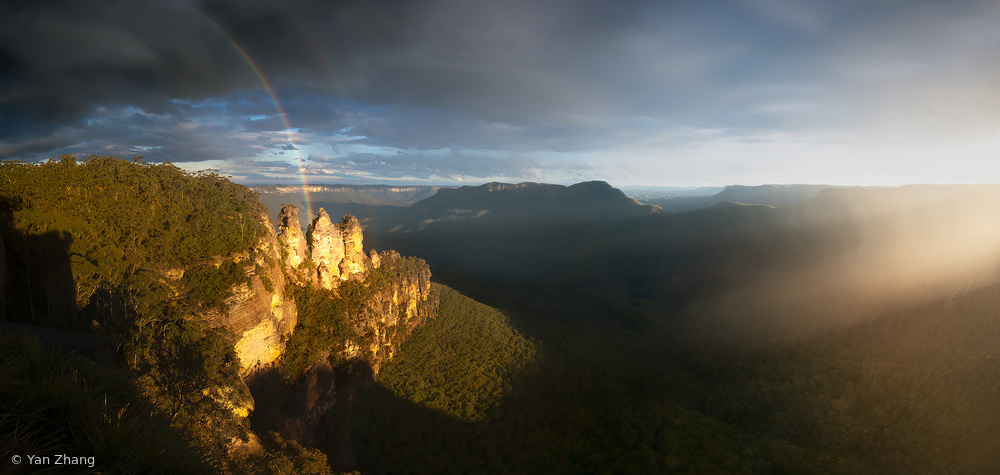
Under the mist and blazing sun
THE BLUE MOUNTAINS AREA IS HUGE
The Blue Mountains are bigger than most people think – the area of the Greater Blue Mountains National Park is 2,690 square kilometres. We can divide the park into three sections, although most people are only familiar with Section I – a small area of the entire mountain region. In this area is located many well-known scenery spots, such as the Three Sisters and Wentworth Falls in Katoomba, as shown in the following map.
On the other hand, Section II to the South and Section III to the North are relatively lesser visited. However, located in these areas are extraordinary rock formations, towering cliffs, outstanding cave systems and spectacular canyons.
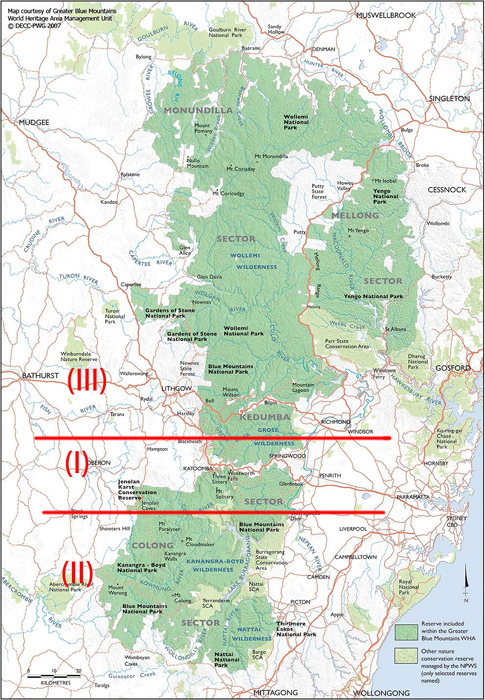
Map of the Greater Blue Mountains National Park.
The entire mountain region can be divided into three sections. Many well-known locations in section I are easily accessed by public transport, while most places in sections II and III can only be accessed by private vehicles.
PHOTOGRAPHING THE BLUE MOUNTAINS
In 2020, the Blue Mountains became one of the few places I could go without travel restrictions. Through countless day hikes and overnight backpacking trips, I discovered a number of new, truly unique features hidden in this amazing place – reaffirming my belief that the Blue Mountains is one of only a few mountain regions I know which can produce such great diversity in photography.
Gum Forests
Gum trees are the most common flora in the Blue Mountains; tall and elegant, they are one of the most distinguished subjects to photograph. Contrariwise to popular belief, taking photographs of a gum forest is not trivial at all. In fact, it is quite difficult to take a good photograph of gum trees.
Weather plays a critical role in photographing forests. Usually, I take photographs during rainfall periods in the Blue Mountains since rain may result in a good lighting balance between brightness and shadow. Also, fog usually cloaks the highlands when it rains, creating a mysterious atmosphere in the forest.
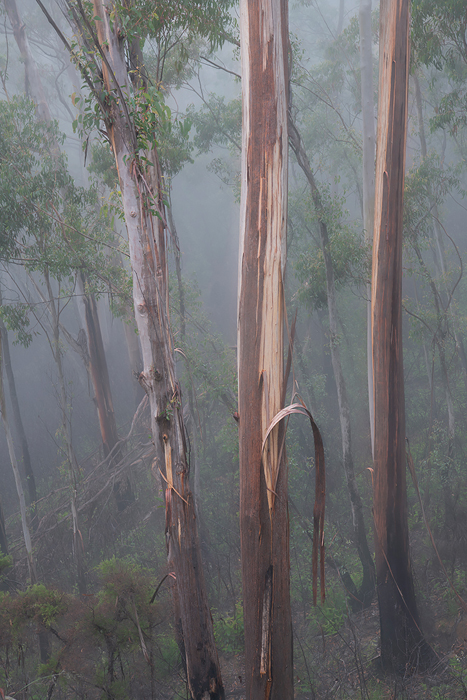
During a bush walk, I discovered a vantage point off the trail near Blackheath, from where we can see these tall, elegant gum trees piling up on the hill. I returned to the same place on another rainy day and witnessed such a beautiful gum forest scenery.
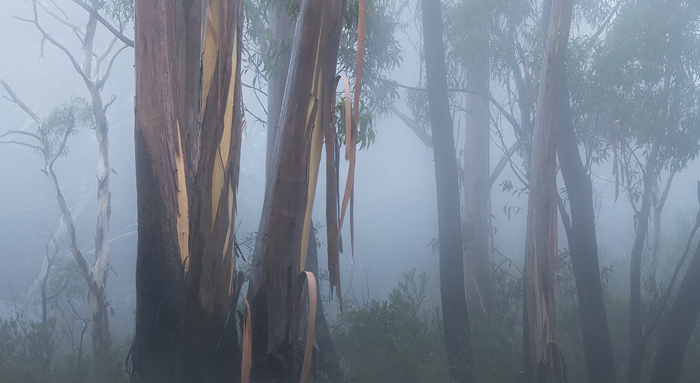
A telephoto lens can be very effective in taking forest images. I used an 80-400mm lens to capture this misty forest during heavy rainfall. I localised the gum tree bark with the misted forest in the backdrop.
In the Blue Mountains, gum trees are everywhere. However, finding an appealing location suitable for taking photographs is not a simple endeavour. It takes time and patience to explore the forest. The following panorama image was taken during one of my explorations in the Blue Mountains.
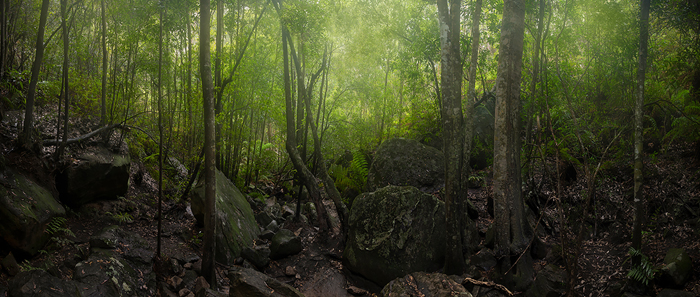
This panorama image was taken in the middle of a heavy rain. Usually, when I photograph forests in a rainy day, I put a circular polarizing lens (CPL) in front of the lens in order to cut off the light reflections from foreground rocks and tree leaves.
Waterfalls
Many waterfalls in the Blue Mountains are well known to the public, such as Wentworth Falls, Empress Falls and Sylvia Falls. All these waterfalls are located along the Valley of Waters Track – a popular walking trail for tourists and bush walkers.
But there are also many other waterfalls, equally beautiful, but lesser known to even local Blue Mountains residents. Some of these waterfalls are hidden deep in the forests and canyons, and probably have never been photographed before.
I spent a considerable amount of time searching the Blue Mountains for these hidden waterfalls. As luck would have it, I discovered a few of them.
Photographing waterfalls in the Blue Mountains can be challenging. This is because most of the waterfalls are constantly changing throughout the year – in terms of the amount of water flowing, which significantly changes the form of the waterfall. Quite often, we need to wait a long time before a good opportunity appears to take a remarkable waterfall shot – the water flowing is not too small or too big, and the surrounding lighting conditions are just right.
In March 2020, during the Sydney lock-down, we were allowed to travel to nearby areas within 15 minutes driving distance. I took advantage of this and went to some close-to-home areas of the Blue Mountains each week. This was one of the waterfalls I discovered during this period.
Waiting for rainfall is my pre-condition when taking photographs of waterfalls. To create this photograph, I waited several weeks until finally the waterfalls and creeks flowed vividly after a heavy rainfall period. This is a panorama image consisting of nearly 50 successive single shots and covers a 180-degree wide view. The image was a result of 9 portrait frames at 14mm wide focal length. For each frame, I took 9 shots again in order to avoid any out of focus in the frame as the foreground is very close to my camera – some parts as close as 40cm or less. Therefore, focal stacking and frame merging are needed during the post process.
Walking on the Terrace Falls Trail is a delightful experience. The narrow path is surrounded by lush forests and the overhanging rocks, colourful fungi and knobbly trees all add to the charm. One feature of terrace falls is the side rocky stacks, which provide an interesting viewpoint to illustrate the waterfalls’ depth of field.
Rocky Walls
The Blue Mountains and the Great Dividing Range were formed about 50 million years ago, when the area was uplifted. More recently, volcanic flows covered large areas of the mountains in basalt. These have largely worn away, leaving only occasional outcrops on the high peaks. Due to this special geologic structure, valleys and the surrounding rocky walls form the main feature across the entire Blue Mountains region. As such, these rocky walls create amazing photographic scenes.
The following photos were taken during several overnight backpacking trips.
These sheer rock walls form the spectacular landscape of the Blue Mountains. I camped on the cliff edge for a night in December 2020. It was a cloudy morning, but when the sun was rising higher, it broke from the thick layer of clouds, shining light on the valley.
During a bush-walk with my friend Mike, we discovered this tiny rock cave on a cliff. I sensed that this would be an ideal spot for shooting a night scene of the Blue Mountains. After patiently waiting for almost three months, on a perfect clear night, we returned to this cave again, and captured this amazing Milky Way night sky over the valley.
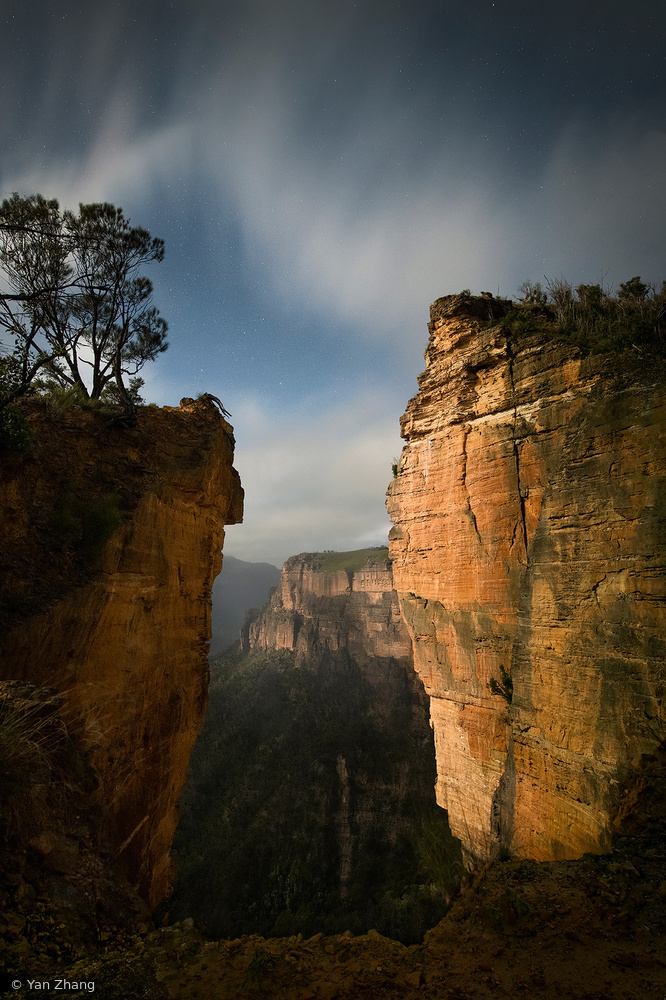
'Moonlight over Blue Mountains'
It was a windy, full moon night when I camped at this very tight spot near the cliff edge. I woke at 3am and observed that the full moon was just high enough in the sky. The moonlight shone on one side of this giant rock wall, where the stars and clouds were interwoven together. I got out of my tent, set up my camera and took a shot of this beautiful scene.
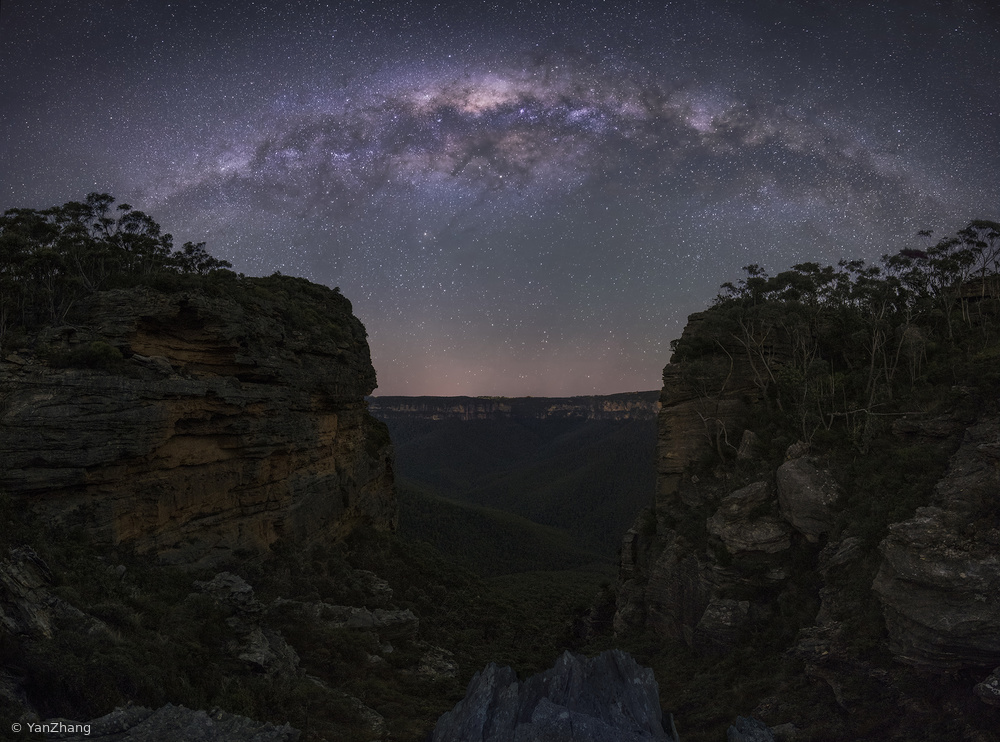
'Night Sky over Blue Mountains'
I discovered this rocky gate during one of my many walks and immediately realised this would be a rare place in the Blue Mountains with a west-facing vantage viewpoint, which would be a perfect shooting location for a Milky Way arch. I calculated a precise time for this Milky Way position and camped one night in order to make the shot. From a technical aspect, this image consisted of 12 shots during a period between 10:30pm – 11:30pm.
Canyons
In 2020, I began to explore canyons.
In the Blue Mountains, there are two types of canyons: dry canyons and wet canyons. It is relatively simple to explore a dry canyon – it is more or less like a normal bush walk except in a very narrow space. Exploring and photographing wet canyons, on the other hand, can be very tricky.
Firstly, accessing wet canyons is usually difficult. This is because many wet canyons are located in remote mountain areas and you would usually have to hike a long distance to just reach the entrance of the canyon. Many times, you would also need to swim to cross various deep-water pools inside a canyon, and abseiling is a very common way to enter, navigate, and exit the canyon. Water in a canyon can be extremely cold, so wearing a wetsuit is always recommended for wet canyon explorations.
Secondly, wet canyons can be dangerous places. Without any marked signs, people may easily get lost inside a wet canyon. Such accidents have happened several times in recent years in the Blue Mountains. In December 2020, for instance, a group of people entered the Blue Mountains Wollangambe canyon – a relatively easy wet canyon. But due to some unexpected underwater currents during their water pool crossing, two participants tragically lost their lives. It is strongly recommended that safety training, clothing and equipment preparation and wet canyon research be undertaken prior to wet canyon exploration.
Finally, once inside a wet canyon, keeping cameras and lenses from soaking is not simple. Almost all so-called water-proof bags do not really work when fully submerged in water. Through my wet canyon experience, I have found that the best equipment for protecting cameras and lenses is the Pelican Case – which is watertight, temperature controlled protective case, and extremely strong. The Pelican Case not only protects cameras and lenses from water, but also protects these items from crashing against the hard rocky walls and surfaces inside the canyon.
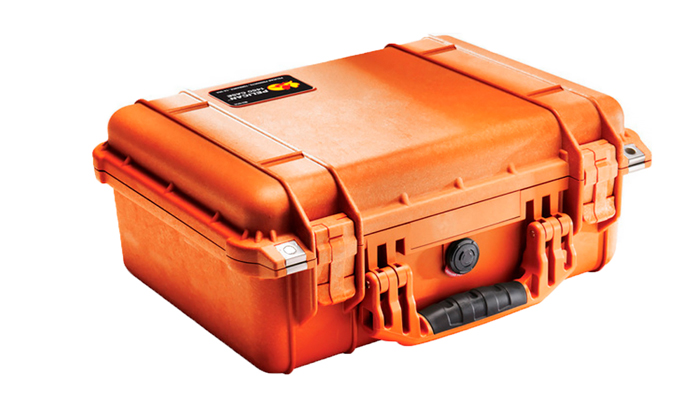
The Pelican Case can be used as an ideal waterproof case for protecting cameras and lenses when exploring a wet canyon. Even if dropped into the water completely, the case will float on the surface without any water leaking inside the case.
Photographing canyons is quite different compared to photographing other subjects. Here, light extremely influences the effect and process of photography. In an open segment of the canyon, noon sunlight in summertime comes directly inside the canyon, which can make the rocky walls reveal their colourful layers and textures.
This elegant two-layer waterfall is in a deep-water segment inside the Grand Canyon in the Blue Mountains. When I took photographs at this spot, all of my Nikon D850 camera, 24-70mm f/2.8 lens and Singh Ray CPL filter became very wet. Luckily, I had got a couple of clean shots in this challenging environment.
Pink Flannel Flowers
The beginning of 2021 was a very special year in the Blue Mountains.
The rare once or twice in a lifetime pink flannel flowers bloomed after the devastating fires of 2019-20. These exquisite flowers became a symbol of the miracle of renewal after the devastation in the Blue Mountains region.
From early February to March 2021, several places in the Blue Mountains were decorated with pink flannel flowers. Its generic name, Actinotus, means “bearing rays” and refers to the petal-like bracts surrounding each flower-head. Apparently, this flower requires extremely specific climatic conditions for its seeds stored in the soil to germinate. It is reported that these flowers bloom for one season a year after a fire and if there has been spring rain. In fact, these rare flowers’ seeds can lie in the ground for up to 40 years until the right conditions arrive.
The pink flannel flowers like to grow in shallow and skeletal soils on ridges. This image was taken in Narrow Neck in Katoomba, where the flowers bloomed on the cliff ridge. As shown in this photo, burnt bushes were always together with these flowers, as bush-fires are a pre-condition for these flowers to bloom.
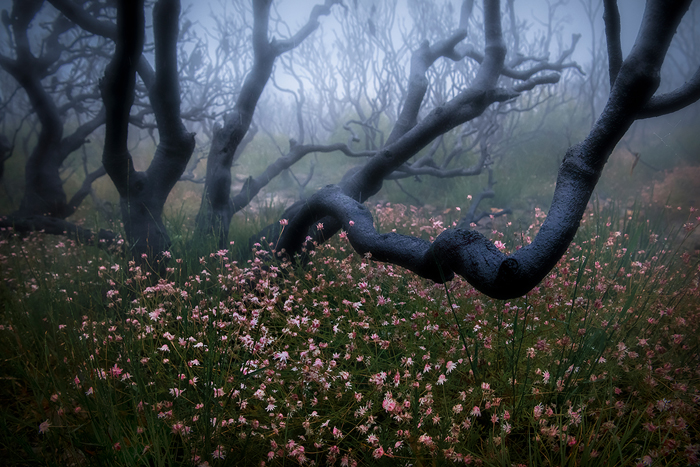
Pink flannel flowers were always growing together with those burnt bushes, which gave us so strong visual impact to feel the miracle of life in Mother nature.
Although I usually only take landscape photographs, I went to see these flowers and took pictures of them across 14 trips from February to March 2021. The pink flannel flowers are actually very small. In order to capture their details, I specifically borrowed a Nikon micro lens 105mm f/2.8 from my friend and used this lens to shoot many close-up photos of the flowers.
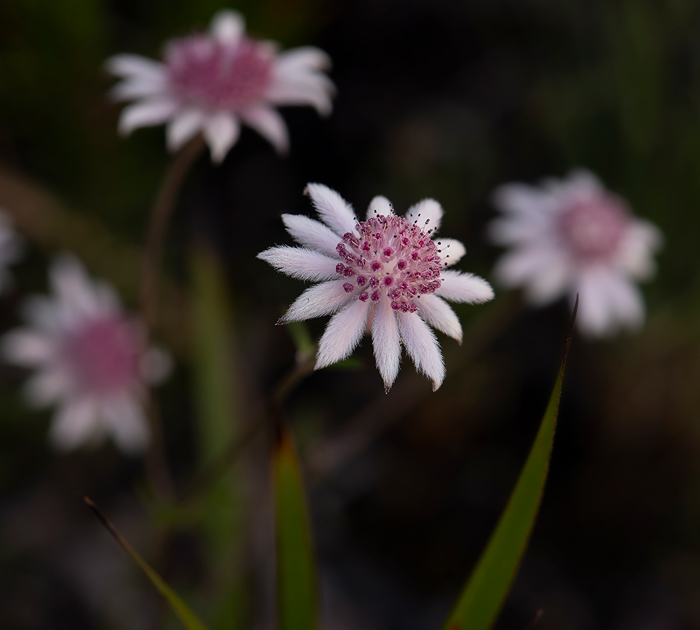
I shot this photo using a micro lens to capture the details of this flower. Daisy-like at first glance, pink flannel flowers consist of a cluster (umbel) of tiny pink flowers fringed not by petals, but by 11–12 furry-textured light pink bracts (modified leaves). About 1–3cm across, the flowers grow in spreading clumps to 50cm high.
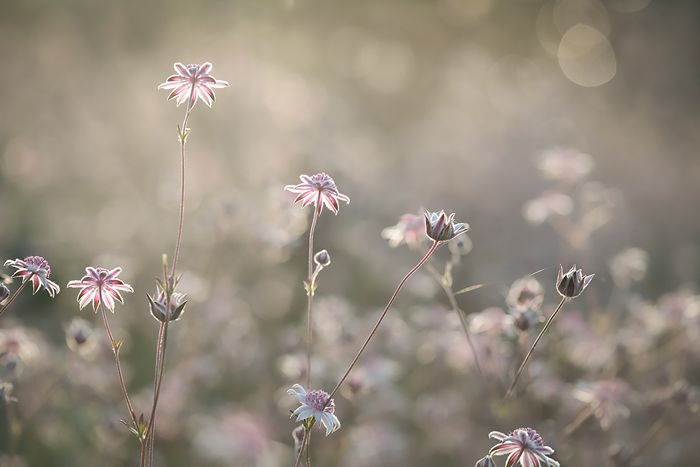
Under the setting sunlight, these pink flannel flowers were especially elegant.
 | Write |
 | Elisabeth van Helden PRO Great inspiring article with a beautiful selection of naturephotos. Well done! |
 | Mel Brackstone PRO Fantastic photos of a wonderful part of Australia, thanks for sharing Yan! |
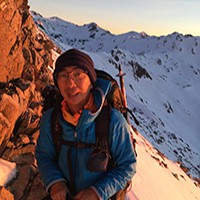 | Yan Zhang CREW Thanks Yvette for your support as always! |
 | Yvette Depaepe CREW Great and interesting article, Yan !!! Thank you, my friend. |